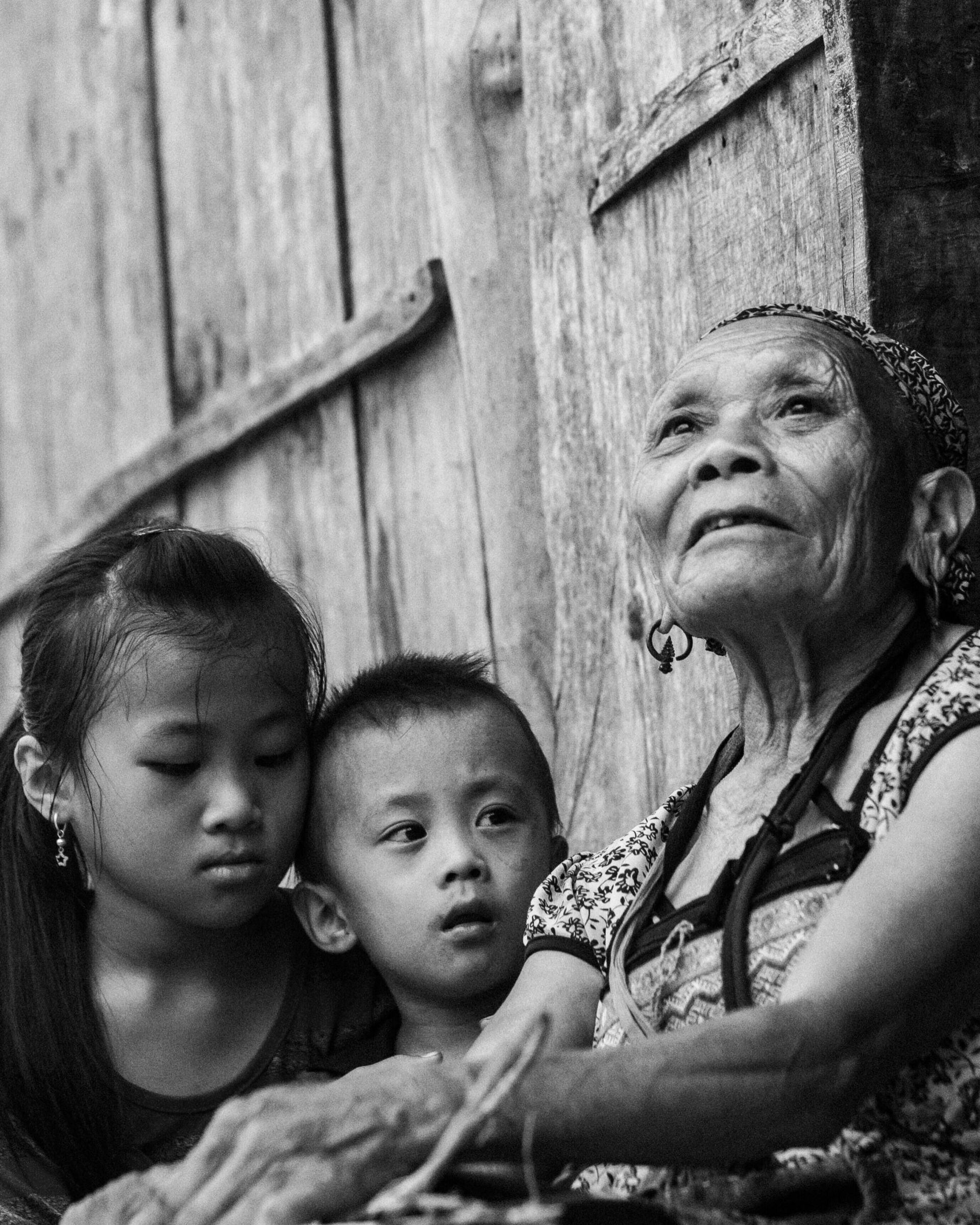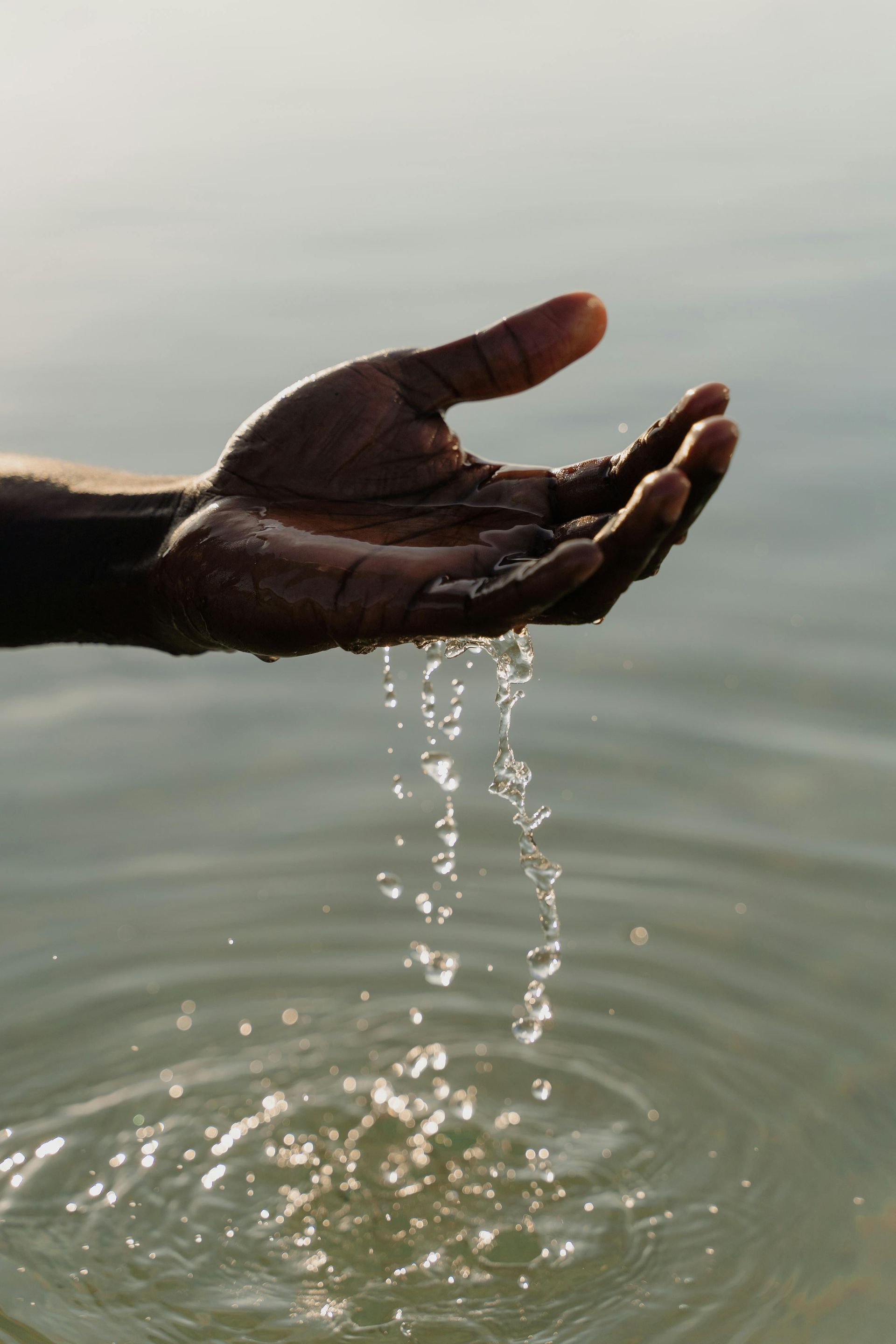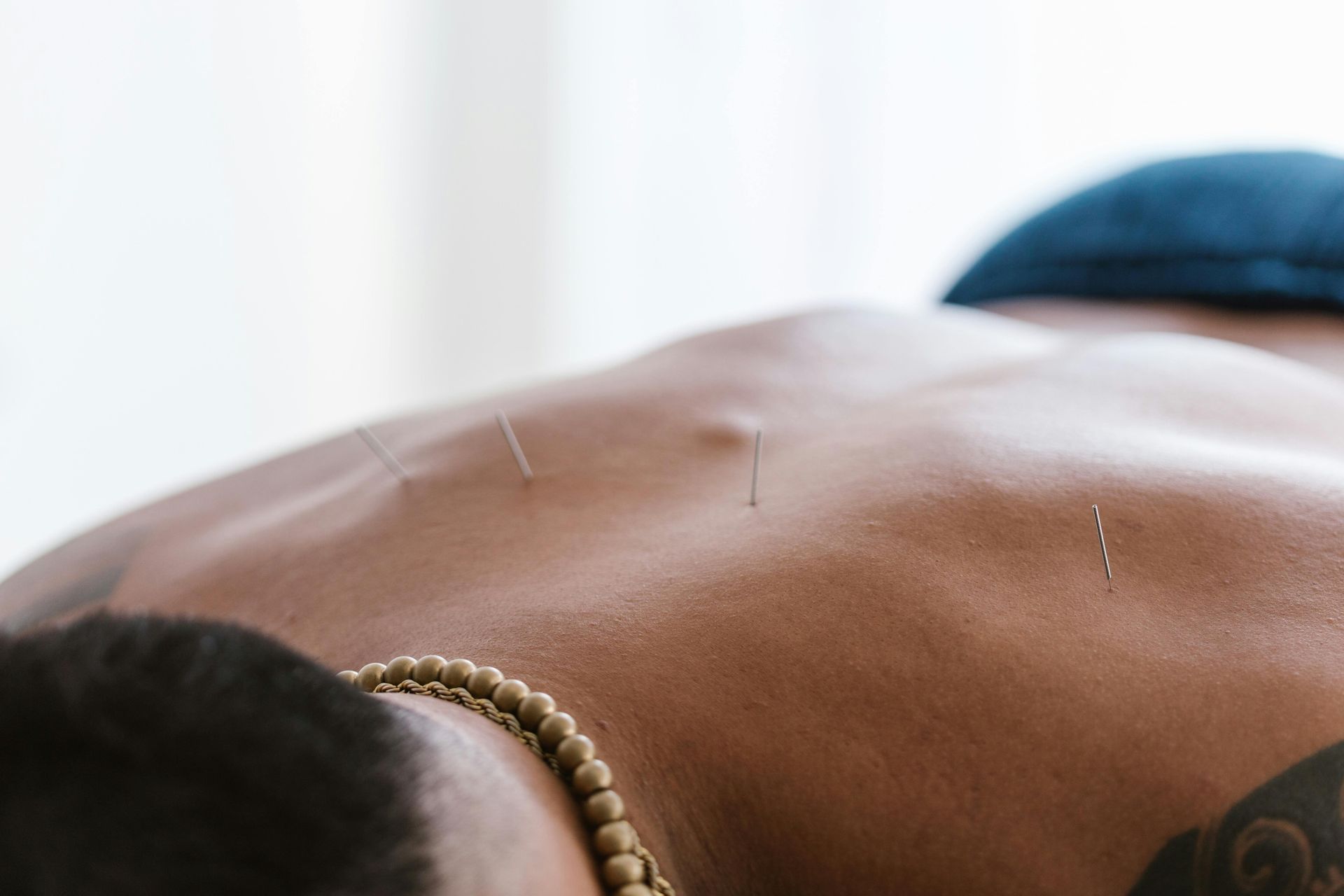Redefining Hospice
Why I Chose Palliative Support for My Mother (Even Though She’s Not at Death’s Door)

There’s a weight that comes with caregiving; a mixture of fierce love, responsibility, grief, and the constant need to make decisions that balance dignity with support. Recently, I made one of those decisions: to place my mother on hospice care.
But before you jump to conclusions, let me be clear:
My mother is not at death’s door.
She’s still here; present, expressive, and as vibrant as her body will allow. This decision wasn’t about giving up. It was about giving her more.
The Misconception Around Hospice
For many, the word hospice instantly conjures images of final days, sterile rooms, and whispered goodbyes. I understand that reaction. I used to associate hospice with the end, too. It felt like a heavy door you only walked through once.
But I’ve come to learn something deeper:
Hospice is not just for dying. It’s also for living; more comfortably, more supported, and more holistically.
What Hospice Actually Offers
Hospice, at its core, is palliative care. That means it’s focused on relief; relief from pain, emotional distress, caregiver fatigue, and the frustrating limitations of conventional medicine.
In my mother’s case, that relief looks like:
- Weekly check-ins from a palliative care nurse who speaks to her with patience and presence.
- Aides who assist with bathing and grooming, restoring a sense of dignity and ease.
- Medication oversight to reduce unnecessary side effects and enhance quality of life.
- A social worker and chaplain, available not just for her but for me too; as I navigate this terrain as both son and caregiver.
What surprised me most is how
comprehensive these services are. They don’t swoop in with a countdown; they show up with compassion, with equipment, with resources I didn’t even know we needed.
Why I Made This Choice
Caregiving while in medical school is one of the most complex emotional equations I’ve had to solve.
There are days I feel pulled in every direction. Responsibilities for her, for my studies, for my future patients, for myself.
And yet, I’ve often resisted asking for help.
Hospice changed that.
It gave me permission to delegate, to breathe, to be present without burning out. It gave her access to a team, not just a son trying to do everything alone.
This isn’t about giving up.
This is about meeting reality with an invitation for ease, and offering her the best of what care can look like, even if the system doesn’t always frame it that way.
Hospice Is an Act of Love, Not Surrender
We need to reframe how we speak about hospice.
It’s not a last resort. It’s an elevated level of care.
For families navigating chronic illness, neurodegenerative decline, or simply nature's imprint of aging; it can be the difference between isolation and connection, between pain and peace.
So no, my mother isn’t actively dying. But her needs have evolved. And my commitment to her comfort, dignity, and well-being has too.
For Anyone Else in This Position…
If you’re feeling overwhelmed, if you’re wondering what more you can do, or if you’re silently drowning in responsibilities, consider exploring hospice or palliative care services.
You don’t have to wait until the very end to access support.
You don’t have to prove you’re struggling enough to be worthy of help.
And you don’t have to walk this alone.
Hospice didn’t mean the end of our story.
It marked the beginning of a more supported chapter.
One where my mother can be cared for, and so can I.
And that’s something worth talking about.
Elev8d Essence: The Balance Blueprint




